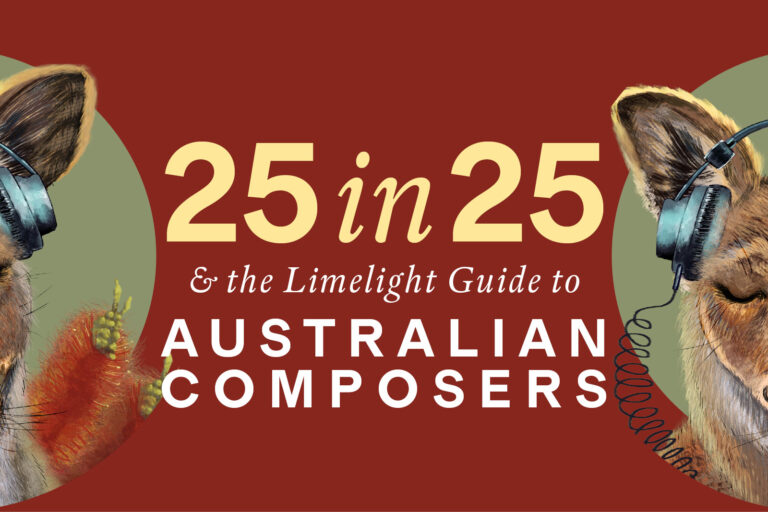This is smashing programming: Beethoven’s last piano concerto and final piano sonata performed by two Decca war horses. Beethoven dedicated the concerto (as well as the Op. 111 Sonata) to Archduke Rudolf; the imperial epithet was coined by his English publisher (not the first or last time a publisher ‘re-interpreted’ a composer’s intentions!).
In the context of a work in E Flat, the curious key relationship of the nocturnal second movement in B emphasises the movement’s reflective and subdued character. Brazilian pianist Nelson Freire first performed it in 1957 at the age of 12. Now 70, Freire changes gear effortlessly between rhythmic vitality and deliquescent lyricism in the prolonged opening movement. The Leipzig Gewandhaus occasionally seems more brawny in interpretation of this audacious music than Freire.
The Piano Sonata No 32 arrived about ten years after the Emperor Concerto and falls into Beethoven’s late period. Not uniquely it is in two movements: a sonata-allegro followed by a set of variations including the famous proto-boogie-woogie third variation. The rhetorical vigour of the first movement comes off with genius. The herculean second movement is elegant, Freire poetic...
Continue reading
Get unlimited digital access from $4 per month
Already a subscriber?
Log in










Comments
Log in to join the conversation.